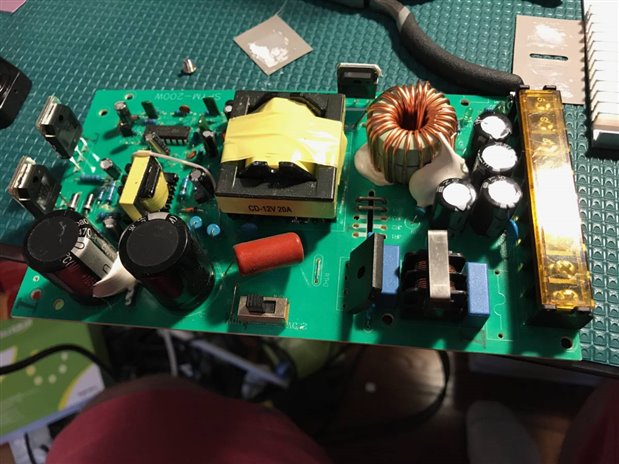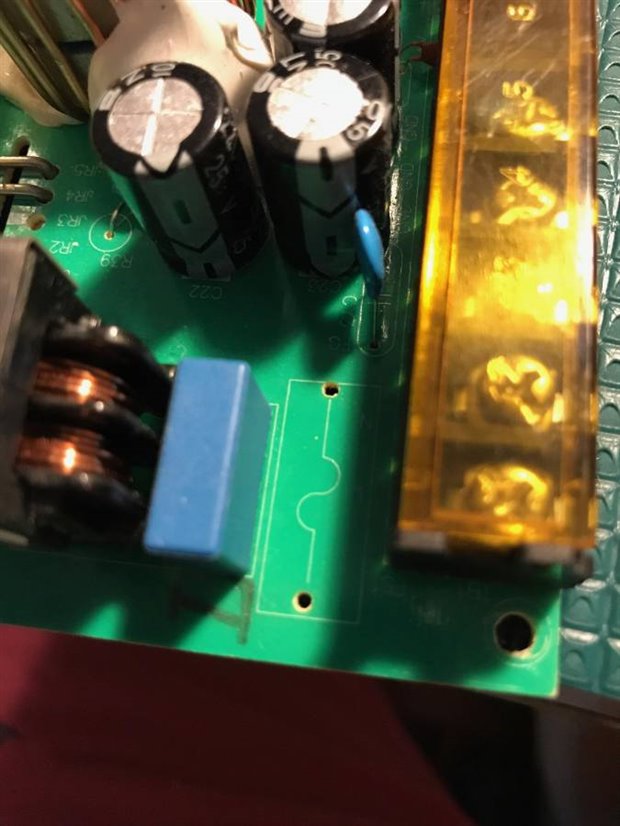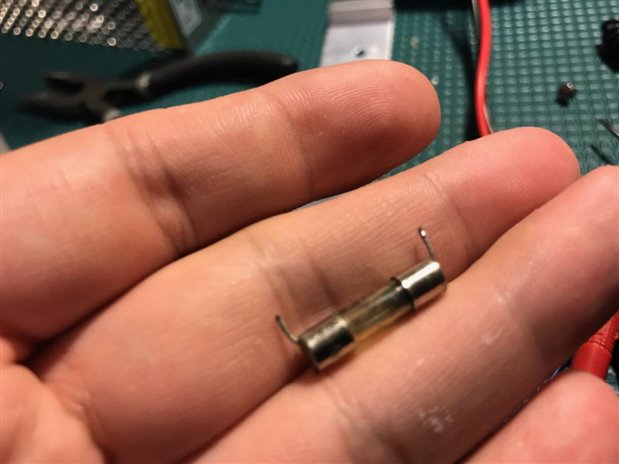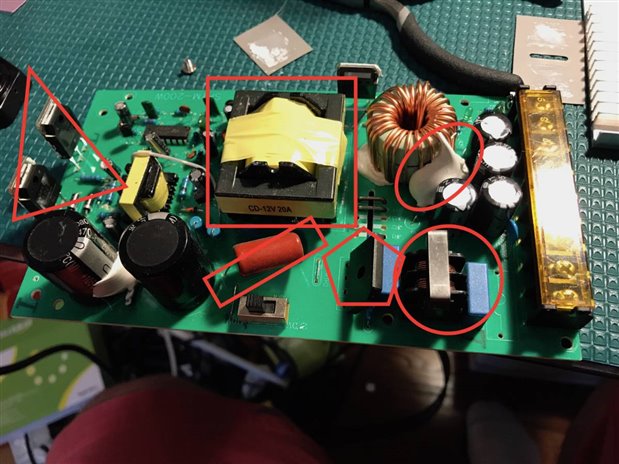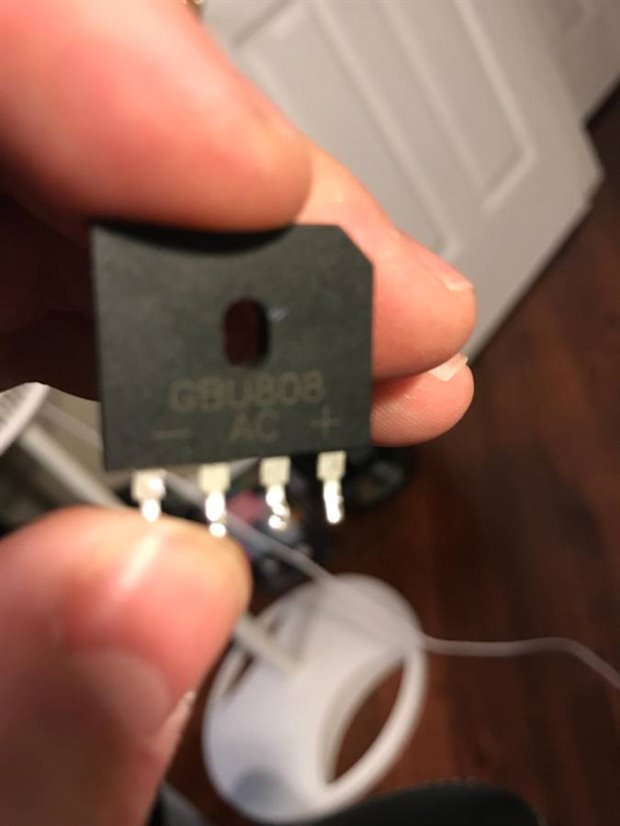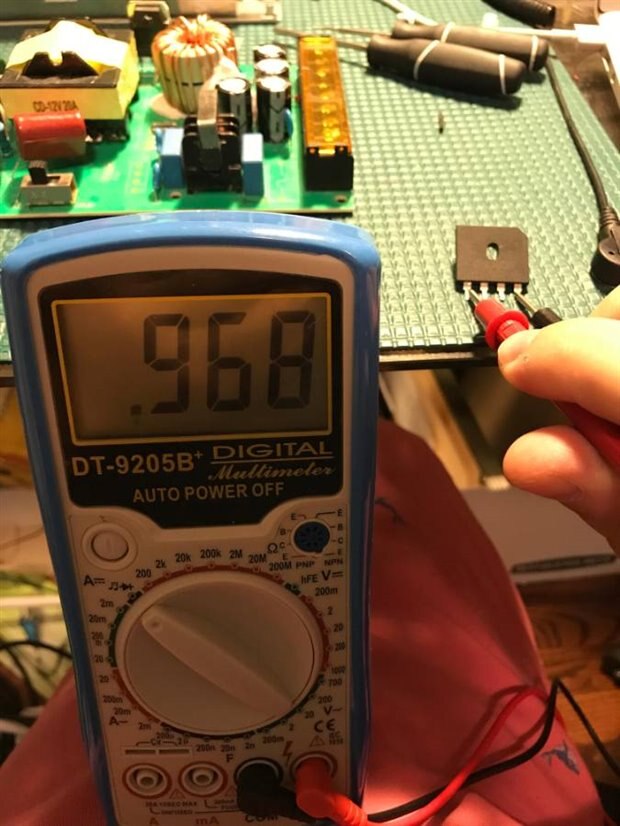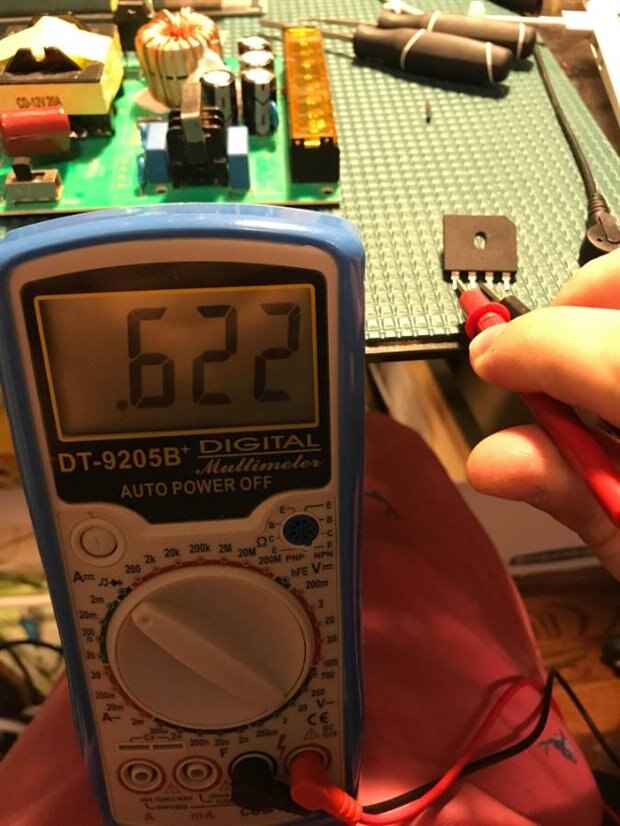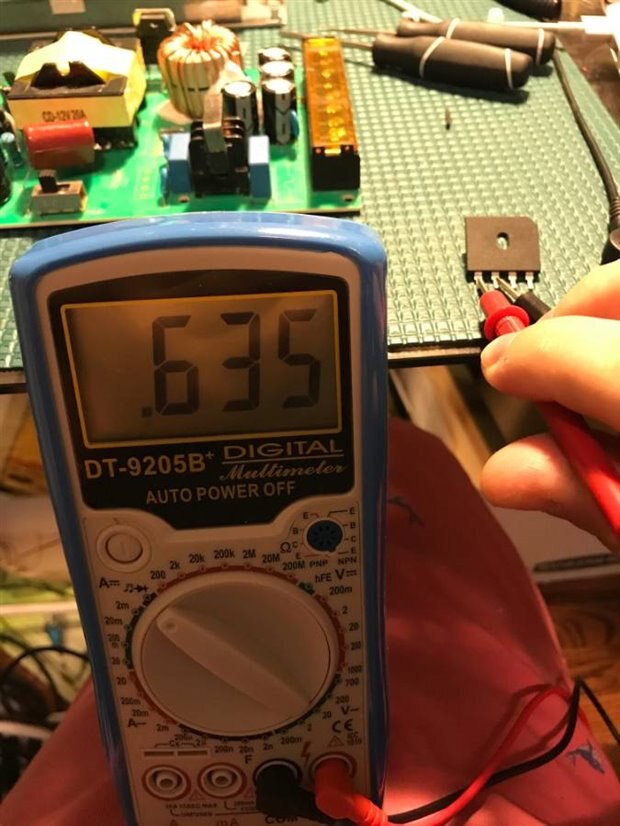My friend at work built a 3d printer from a kit and his power supply went out. He said it made a pop noise and got no power from it. He ordered a new one already and gave me the old one and I would like to try and fix it.
Once I took it apart the first thing i saw was a fuse that looked blown. I got no continuity on the fuse from my multimeter. I unsoldered the fuse and the writing on it looks to be P5AL 250v or F5AL 250v.
1) is there anything else you guys can recommend me testing or looking for.
2) I found this on amazon it looks to be the right fuse but can I solder leads to it.
3) do you think I can put a holder on the PCB incase it blows again it would be easier to change. I attached a picture of where it was on the PCB.

